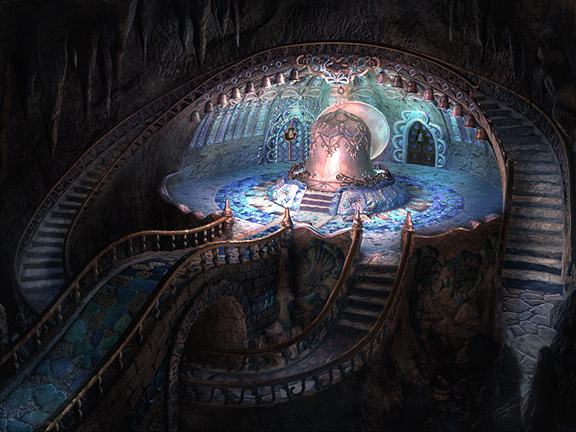- Joined
- Jun 26, 2008
- Messages
- 9,415
- Location
- Νεφελοκοκκυγία
- Gil
- 3,771
- FFXIV
- Polyphemos Bromios
- FFXIV Server
- Moogle
- Free Company
- KupoCon
Who was Master Gizamaluke?
This is a question which I remember asking myself when I first played FFIX, and I found myself asking it again when I was recently reminded of him.
When playing FFIX we only meet him as a boss and could be forgiven for being mistaken and writing him off entirely as a mindless monster. He does, after all, have the appearance of one.

But it is revealed that Gizamaluke (to whom Burmecians tend to refer respectfully as ‘Master Gizamaluke’) is only being mind-controlled by the evil Zorn and Thorn, and that’s why he attacks the player. This is a once-sentient being who has gone mad.
In fact, the location of the ambush is ‘Gizamaluke’s Grotto’. It is his home and he is an ally, it seems, of the Burmecian race.
The grotto has architecture and art similar to the art of Burmecia itself, and there are beautifully sounding bells. There are waterways and tunnels for Gizamaluke to slide about within the grotto, but it’s not clear if he can also use the walkways which humanoid races can use as well.



What is this guy’s story? What was his role in the grotto? He’s overlooked, and after killing him he’s swiftly forgotten about even though Freya and other Burmecians seem to know him.
Is there more to him? I’ve not yet seen any of the Ultimanias for this game so I don’t know if his backstory is explained anywhere outside of the game itself.
Would you have liked to have seen him sane and talking? Or do you think that he’s basically just a boss monster and they added an undeveloped backstory to introduce it?
This is a question which I remember asking myself when I first played FFIX, and I found myself asking it again when I was recently reminded of him.
When playing FFIX we only meet him as a boss and could be forgiven for being mistaken and writing him off entirely as a mindless monster. He does, after all, have the appearance of one.

But it is revealed that Gizamaluke (to whom Burmecians tend to refer respectfully as ‘Master Gizamaluke’) is only being mind-controlled by the evil Zorn and Thorn, and that’s why he attacks the player. This is a once-sentient being who has gone mad.
In fact, the location of the ambush is ‘Gizamaluke’s Grotto’. It is his home and he is an ally, it seems, of the Burmecian race.
The grotto has architecture and art similar to the art of Burmecia itself, and there are beautifully sounding bells. There are waterways and tunnels for Gizamaluke to slide about within the grotto, but it’s not clear if he can also use the walkways which humanoid races can use as well.



What is this guy’s story? What was his role in the grotto? He’s overlooked, and after killing him he’s swiftly forgotten about even though Freya and other Burmecians seem to know him.
Is there more to him? I’ve not yet seen any of the Ultimanias for this game so I don’t know if his backstory is explained anywhere outside of the game itself.
Would you have liked to have seen him sane and talking? Or do you think that he’s basically just a boss monster and they added an undeveloped backstory to introduce it?



